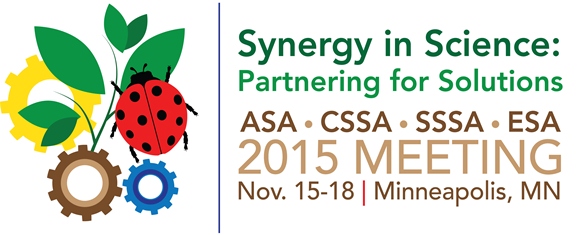Insecticide Assays and Detoxification Enzyme Comparisions of Populations of Mississippi Lygus lineolars
Insecticide Assays and Detoxification Enzyme Comparisions of Populations of Mississippi Lygus lineolars
Monday, March 16, 2015: 1:52 PM
Magnolia F (Beau Rivage Resort & Casino)
Lygus linelaris does not affect cotton the same in all parts of Mississippi. In the Delta region, L. lineolaris costs growers approximately four fold more than growers in the Hills region. The reason for this is unknown but may be due to higher levels of insecticide resistance that have evolved from more intense pest management in the Delta region. Simultaneous studies of insecticide resistance in L. lineolaris populations from these two regions have not been conducted. In 2014, populations from each region were collected and insecticide tolerance as well as detoxification enzyme levels were compared. Assays of these populations with Acephate, Permethrin, and Imidacloprid did not reveal any significant (p<0.05) regional differences, however there were significant differences between local populations. Comparisons of the detoxification enzyme glutathione s-transferase, revealed no significant regional differences, however differences existed between local populations. Comparisons of the detoxification enzymes cytochrome p-450 and esterase will also be discussed.
See more of: Ph.D. Student Oral Presentation Competition I
See more of: Student Ten Minute Paper Competition
See more of: Student Ten Minute Paper Competition


